Q3 wearables shipments grew 2.6% y-o-y at 148.4 million units, according to the (IDC) Worldwide Quarterly Wearable Device Tracker which out-shipped 3Q21 (142.1 million) and 3Q22 (144.6 million) when sales were driven by pandemic-related spending.
The growth is largely attributed to the rise of smaller brands and emerging categories.
“Health and fitness tracking has come a long way since the original Fitbits and Pebble watches but the greatest driver of wearables has been the emergence of smaller and sleeker designs,” saisvIDC’s Jitesh Ubrani, “smart rings from newer brands such as Oura, Noise, BoAT, Circular and others are expected to jumpstart the new form factor in the coming quarters.”
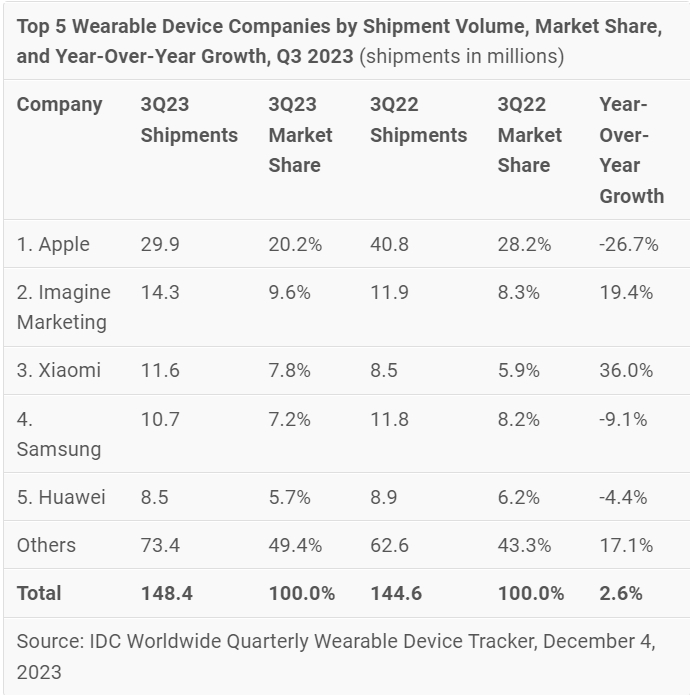
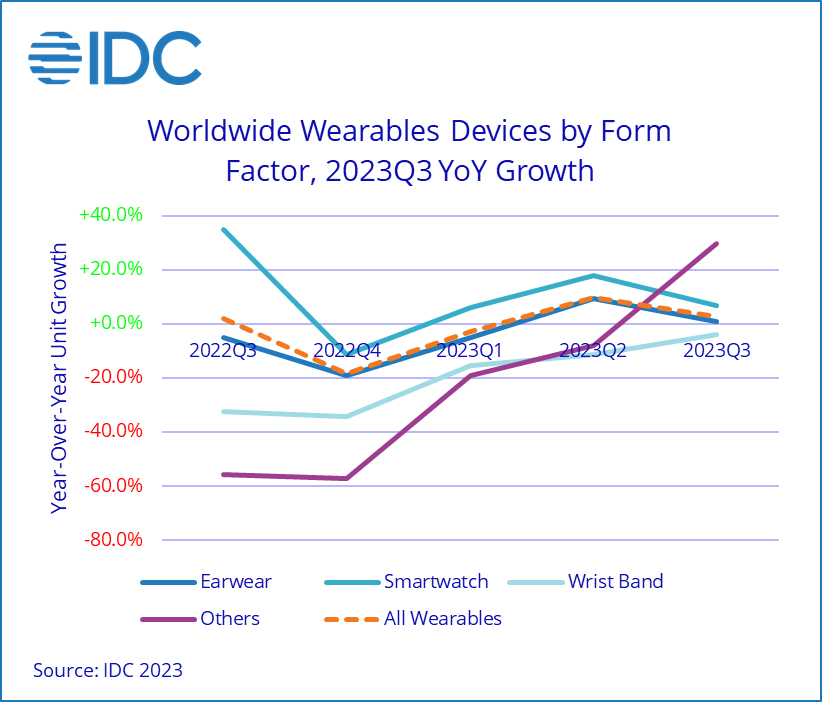
Stay up to date with the latest in industry offers by subscribing us. Our newsletter is your key to receiving expert tips.
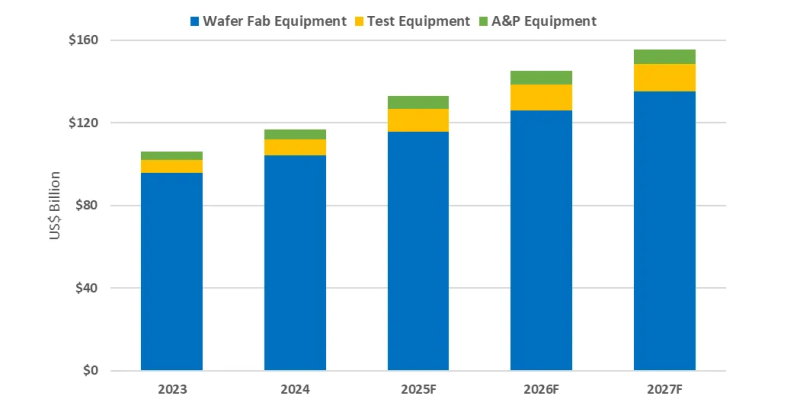
Worldwide semiconductor equipment sales are projected to grow 13.7 percent in 2025, reaching a record 133 billion dollars, Semi announced at Semicon Japan. This momentum is expected to continue throug
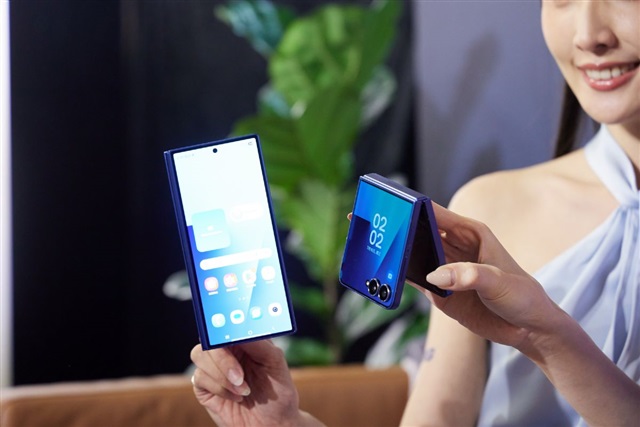
The smartphone industry is facing considerable cost challenges in 2026 amid ongoing memory supply shortages and rising prices. This situation is expected to lead to a 1.6% decrease in annual shipments
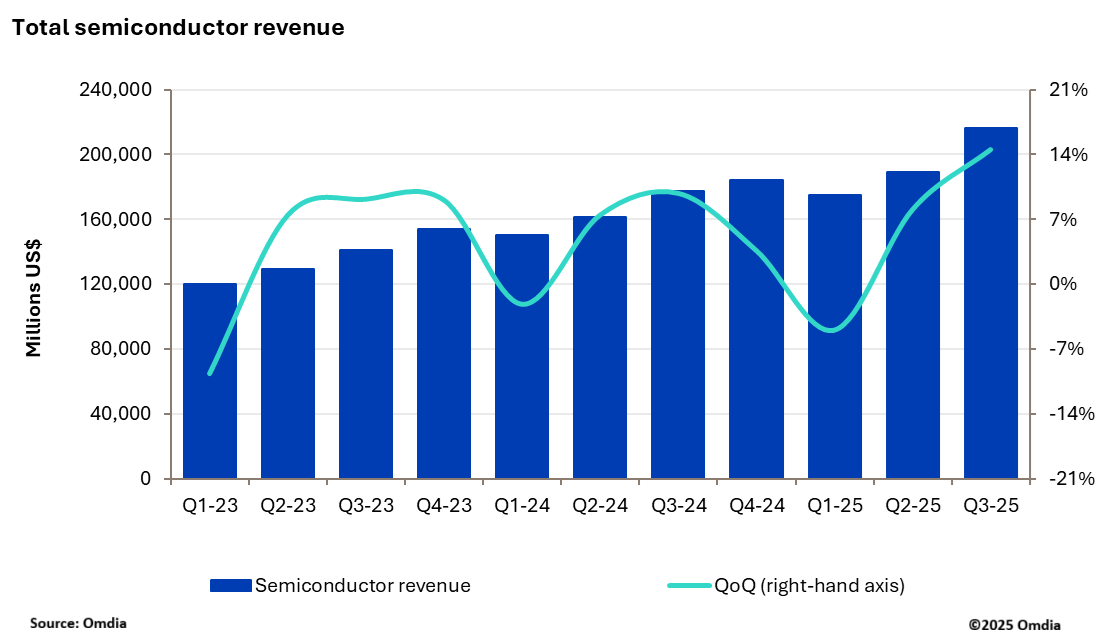
New research from Omdia shows that the semiconductor market delivered a record breaking performance in 3Q25 with industry revenue reaching $216.3bn, up 14.5% quarter-over-quarter (QoQ). This marks the